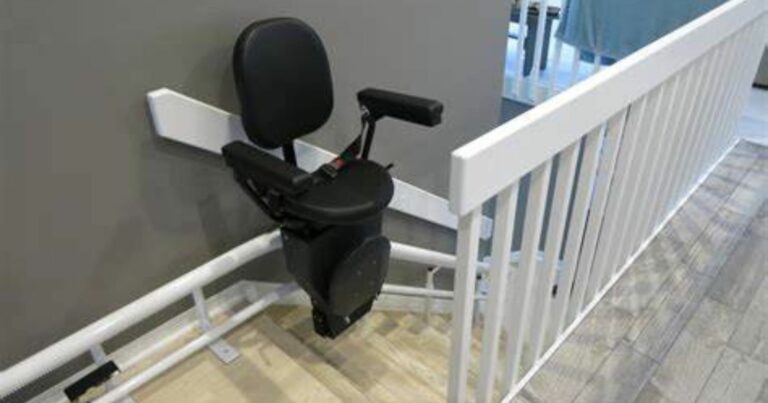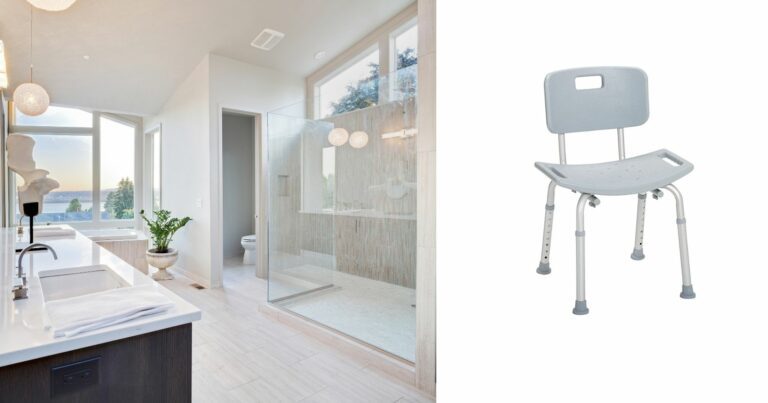Long Term Care For Seniors. Hello, it’s Ed here. As we age, the topic of long-term care becomes increasingly important. If you’re a senior or have a loved one who is, you might be wondering about the best long-term care options available in 2023. In this article, I’ll guide you through the various options, their costs, and how to plan for your future care. With my years of experience helping the elderly and my personal journey as a senior, I understand the complexities and challenges of this topic. But don’t worry, I’m here to help you navigate through it all. So, let’s dive in and explore the world of long-term care for seniors.
With all of what is going on with the health care crisis. You may wonder if you can have the end of my life the way you want it. Below are some options to think about and begin a plan for your future care.
Who Needs Long-Term Care?
.
Everyone should have a plan for long-term care. And with Americans living longer than ever, this could mean needing some extra help with everyday activities as you age. The benefits of long-term care insurance go beyond what your health insurance may cover by reimbursing you for services needed to help you maintain your lifestyle if age, injury, illness, or a cognitive impairment makes it challenging for you to take care of yourself.
Long-term care may benefit:
Families who want to help protect their loved ones, lifestyle and assets.
Retirees and Pre-retirees wanting to preserve the money they have worked so hard to save.
Individuals who may not have someone to care for them or significant assets to pay for these costs.
How Much Does Long-Term Care Cost?
It’s impossible to predict the type of long-term care, or how long you may need it. And since cost of care can be expensive, it’s important to understand the financial impact.
Nursing Home Care: The average cost of a year’s care in a private Medicare-certified long-term nursing home room is $104,000.3
Home Care: The average in-home care costs $49,920 a year for 40 hours of help per week.3
Assisted Living Care: A year in a 1-bedroom assisted living care facility averages $57,000 per year.3
For cost of care information in your area, please click here.
Institutional Solutions
Long Term Care For Seniors: Skilled Nursing Facility:

A skilled nursing facility (SNF) provides medical care by trained professionals, including physical, speech, and other therapists as well as nurses. This care is available 24 hours a day. Staff members also help residents, who are often bed-bound, with daily activities such as getting dressed, eating, and bathing.
Potential residents must be deemed eligible to enter an SNF and to be eligible, one must have a hospital-related medical condition. Commonly, this type of facility will care for people after a major health event, like a stroke, or an operation when they no longer need acute care. Though it is a kind of long-term care facility, an SNF is usually used for a limited time.
Nursing Home:
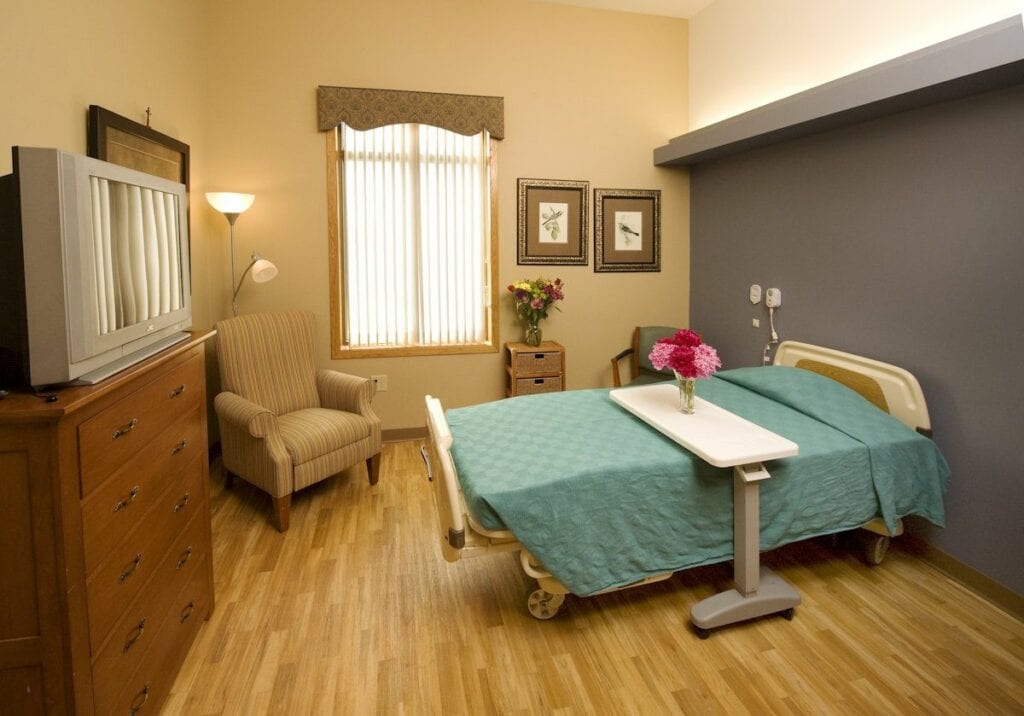
Nursing homes are probably what first come to mind when you think of long-term care facilities. Unlike SNFs, they are meant for actual long-term residency. Another point is that they provide assistance with daily living and low-level nursing rather than intensive medical services and therapies.
People who live in nursing homes tend to need 24-hour supervision due to physical or mental limitations. In other words, most residents can’t live independently.
Fortunately, costs tend to be lower for nursing homes compared to SNFs. That doesn’t mean they’re inexpensive, Genworth Cost of Care Survey showed that a nursing home can cost anywhere from $89,297 to $100,375 per year.
Assisted Living House:
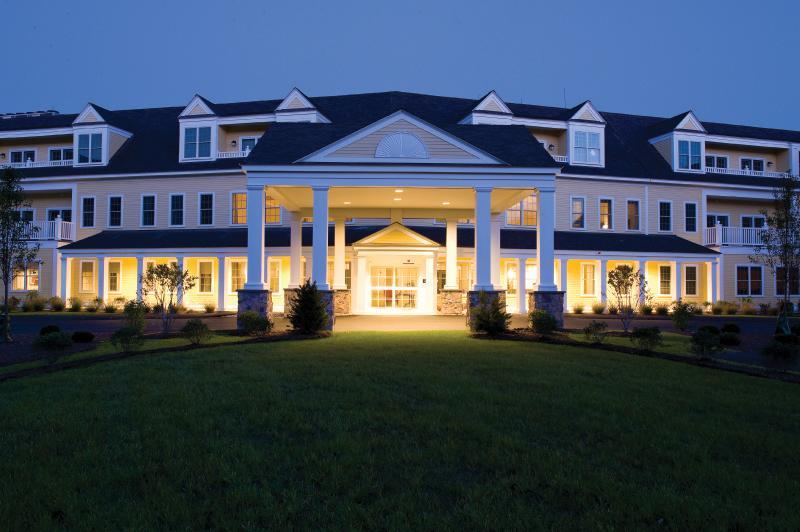
Assisted living facilities (ALFs) are a step down from nursing homes in terms of hands-on care. They are regulated at the state level, so definitions vary across the country. But generally, ALFs are group environments designed to give residents a home-like atmosphere that promotes independence. Services may include:
· One to three meals a day
· Medication monitoring
· Housekeeping and laundry
· Social and recreational activities
· Limited medical care
The cost of ALFs depends on factors like the size of the apartment or room, services rendered and geographic location. As residents’ ability to take care of themselves declines, the level of care – and costs – go up, until the level of care needed is beyond the ALF’s capability and the resident will need to move to a nursing home. According to a recent Genworth survey, the national median cost of assisted living is around $4,000 a month or $48,000 a year. Medicare and Medicaid do not pay for the cost of residency (room and board), but they may cover some costs of care, depending on the state. Similarly, Supplemental Security Income (SSI) or Optional State Supplements (OSS) may cover part of assisted living expenses, depending on the state.
Continuing Care Retirement Communities:
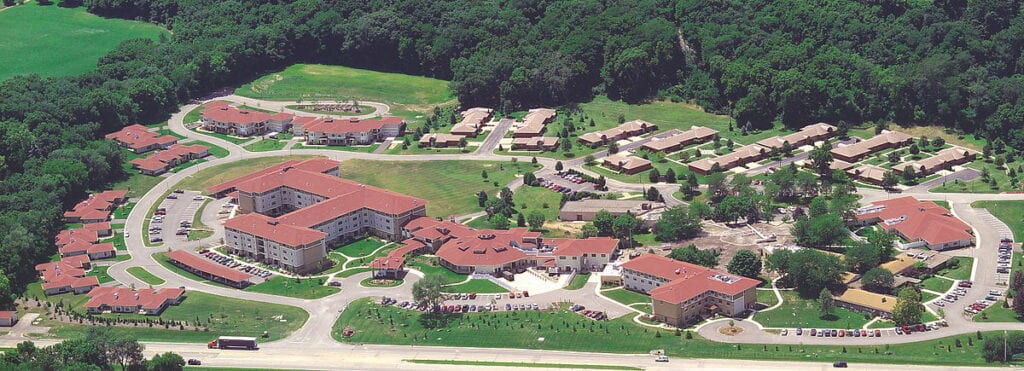
Continuing Care Retirement Communities (CCRCs) are long-term care facilities. The idea is for seniors to age in place. So typically, residents are active and independent when they first move in, and gradually move up in levels of care – and to other sections of the complex or campus where the needed level of care is provided.
In other words, CCRCs are all-in-one senior living communities that are ALFs, nursing homes and SNFs in one place. Some of the best retirement communities offer in-door gyms, ballrooms and game halls for their active and mostly self-sufficient residents.
Compared to the other kinds of long-term care facilities, CCRCs are relatively new – and they tend to cater to wealthy seniors. (The CCRC’s on-site medical center must be Medicare-certified for Medicare to cover skilled nursing care.) Typically, CCRCs charge entrance fees that range from $10,000 to $500,000, and maintenance fees that can be upwards of $2,000 monthly.
Adult Foster Care:

Adult foster care can mean different things in different states. Generally, though, it is used for homes that are smaller than ALFs and in less populous areas (in other words, rural locales).
The services, though, are similar to those at ALFs:
· Meal preparation and assistance with eating
· Cleaning tasks, including laundry
· Bathing and personal grooming
· Dressing
· Walking and climbing stairs
· Shopping and running errands
· Travelling to and from appointments
· Managing medications
Residents don’t receive 24-hour supervision. Instead, they have 24-hour access to assistance, which means the staff may or may not be awake. In contrast, at an ALF, residents have 24-hour access to staff who are awake.
According to Genworth, the monthly costs of adult foster care range from about $1,500 to $3,500. That translates to $18,00 to $42,000 per year.
Adult Day Care
Just like children are brought to day care, adults can be brought to an adult day care place for the day. They will be taken care for the hours they sign up for, This can be the start of an inexpensive way to take care of our seniors who do not need specialized nursing.
The Government and Long-Term Care

Many think that government programs such as Medicare and Medicaid will pay for all of their future long-term care needs. Surprisingly, they may only pay for some of these services and have many restrictions.
Medicare: May cover a maximum of 100 days of services after a hospital stay. The coverage is designed to assist people during a short-term recovery and doesn’t include personal care or supervision services.
Medicaid: If you have limited assets and income and are relying on Medicaid, the state may make key care decisions on your behalf, including where you receive the care you need.
Personal Solutions
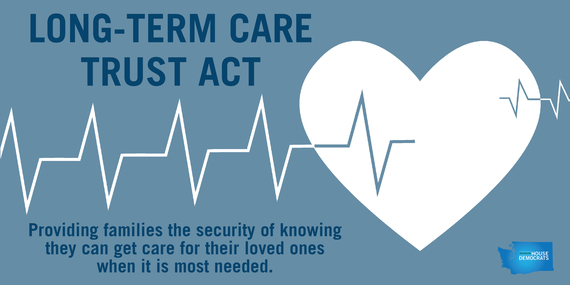
A long-term care trust? This trust allows you to use your own assets to pay for long-term care services while contributing to a charity of your choice and reducing your tax burden at the same time. You can set up the trust so that you receive payments from the trust to use for long-term care services while you are alive.
Personal Investment Or Trust Funds: You can pay for long-term care yourself through investments and/or trusts. If you have the money this might be the best option for you.
Conclusion
In conclusion, planning for long-term care is a crucial aspect of aging. It’s about ensuring that we can maintain our quality of life and independence as much as possible, even when we might need a little extra help. From institutional solutions like skilled nursing facilities and assisted living houses to personal solutions like trusts and personal investments, there are various options to consider. Remember, the best choice depends on your unique needs, financial situation, and personal preferences. As always, please consult with your doctor or other health care professional before making any major decisions. Their personal knowledge of your unique health situation is invaluable. I hope this article has been helpful and has given you a clearer understanding of long-term care for seniors in 2023. Stay strong, stay independent, and keep planning for the future!
Here Are Other Reviews That Can Help Seniors:
Here Are Some Resources To Learn More:
[amazon bestseller=”books patient long term care”]





